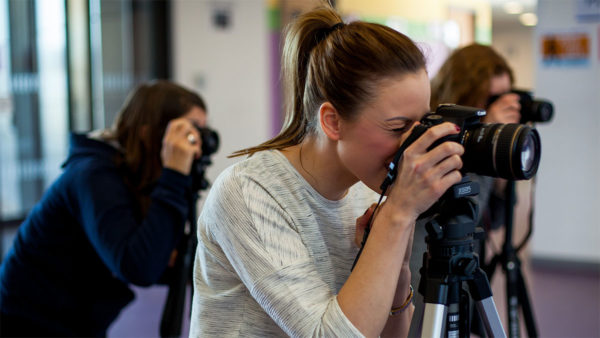A quick story from Atomic Habits by James Clear…
- “ON THE FIRST day of class, Jerry Uelsmann, a professor at the University of Florida, divided his film “Beginning Photography” students into two groups.
Everyone on the left side of the classroom, he explained, would be in the “quantity” group. They would be graded solely on the amount of work they produced. On the final day of class, he would tally the number of photos submitted by each student. One hundred photos would rate an A, ninety photos a B, eighty photos a C, and so on.
Meanwhile, everyone on the right side of the room would be in the “quality” group. They would be graded only on the excellence of their work. They would only need to produce one photo during the semester, but to get an A, it had to be a nearly perfect image.
At the end of the term, he was surprised to find that all the best photos were produced by the quantity group. During the semester, these students were busy taking photos, experimenting with composition and lighting, testing out various methods in the darkroom, and learning from their mistakes. In the process of creating hundreds of photos, they honed their skills. Meanwhile, the quality group sat around speculating about perfection. In the end, they had little to show for their efforts other than unverified theories and one mediocre photo.”
The Lesson for Fundraisers
In my experience, the best way to raise more money via email and the mail isn’t to produce great fundraising, it’s to produce more fundraising.
Two pretty good appeal letters will usually result in more money for your mission than one “perfect” appeal letter.
And because you know you can ask more often, this approach is available to you. Today.
(If you react negatively to the idea of asking more, please read the post I just linked to. It’s written especially for you.)
The “two is better than one” approach is so successful for smaller nonprofits because it forces us to push aside perfectionism and fundraise in the real world, where practice, experience and failure are the best teachers.
You Are Fundraising in a Golden Age
For small organizations, the only real cost to sending out another email is the time it takes to write, format, program and send the email.
This was not possible 20 years ago.
When I was beginning to practice all of this in the 90’s, it cost at least a couple thousand bucks to learn something because email wasn’t feasible for smaller orgs.
Think how much SLOWER the pace of learning was, and how much HIGHER the cost was to learn.
Compare that to today. If you want, in the next three months you could learn what took me three years to learn at the beginning of my career.
You just need to practice. It’s available to you. An organization could start this afternoon, if they want to.




5 comments on “An Experiment in Photography Class”